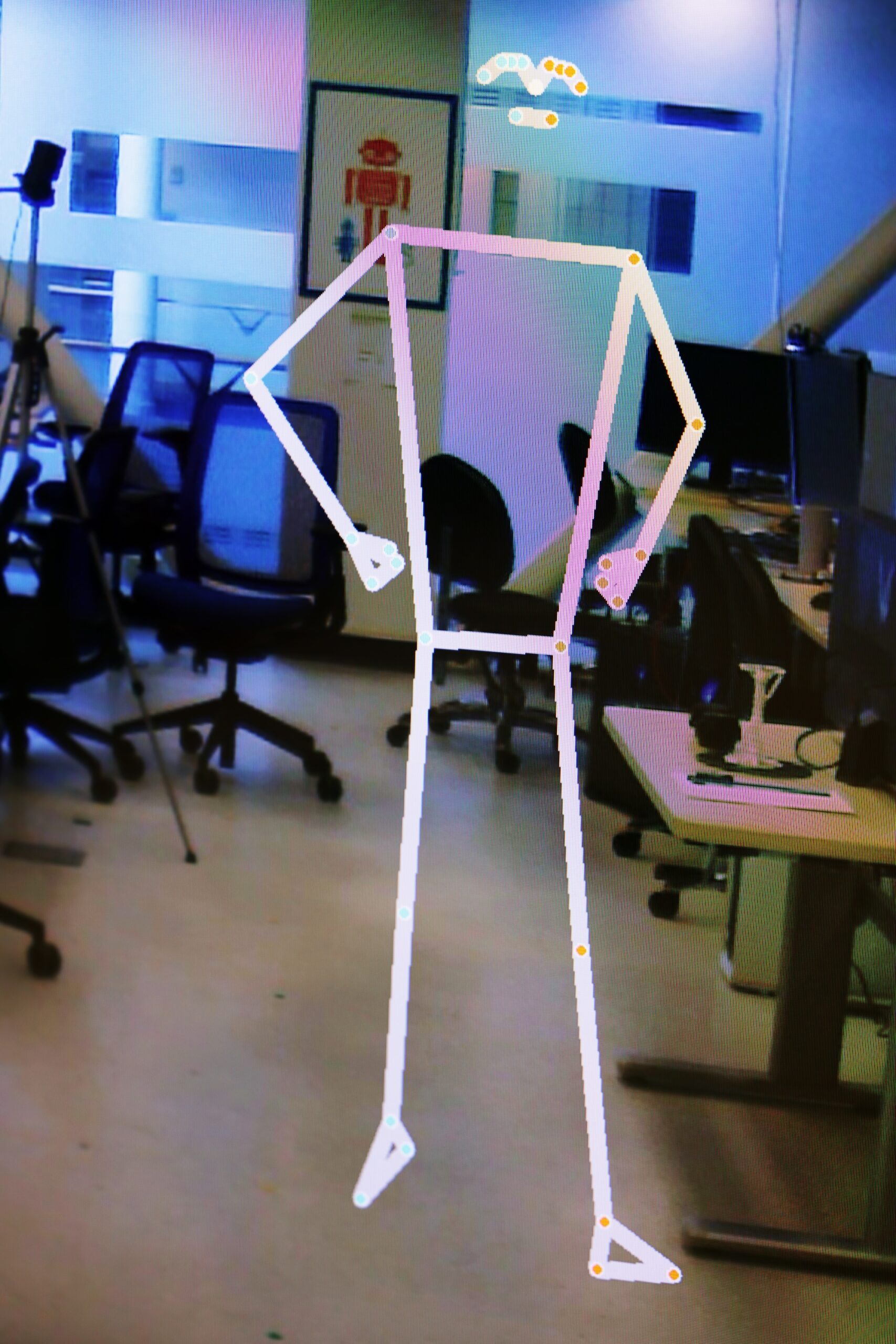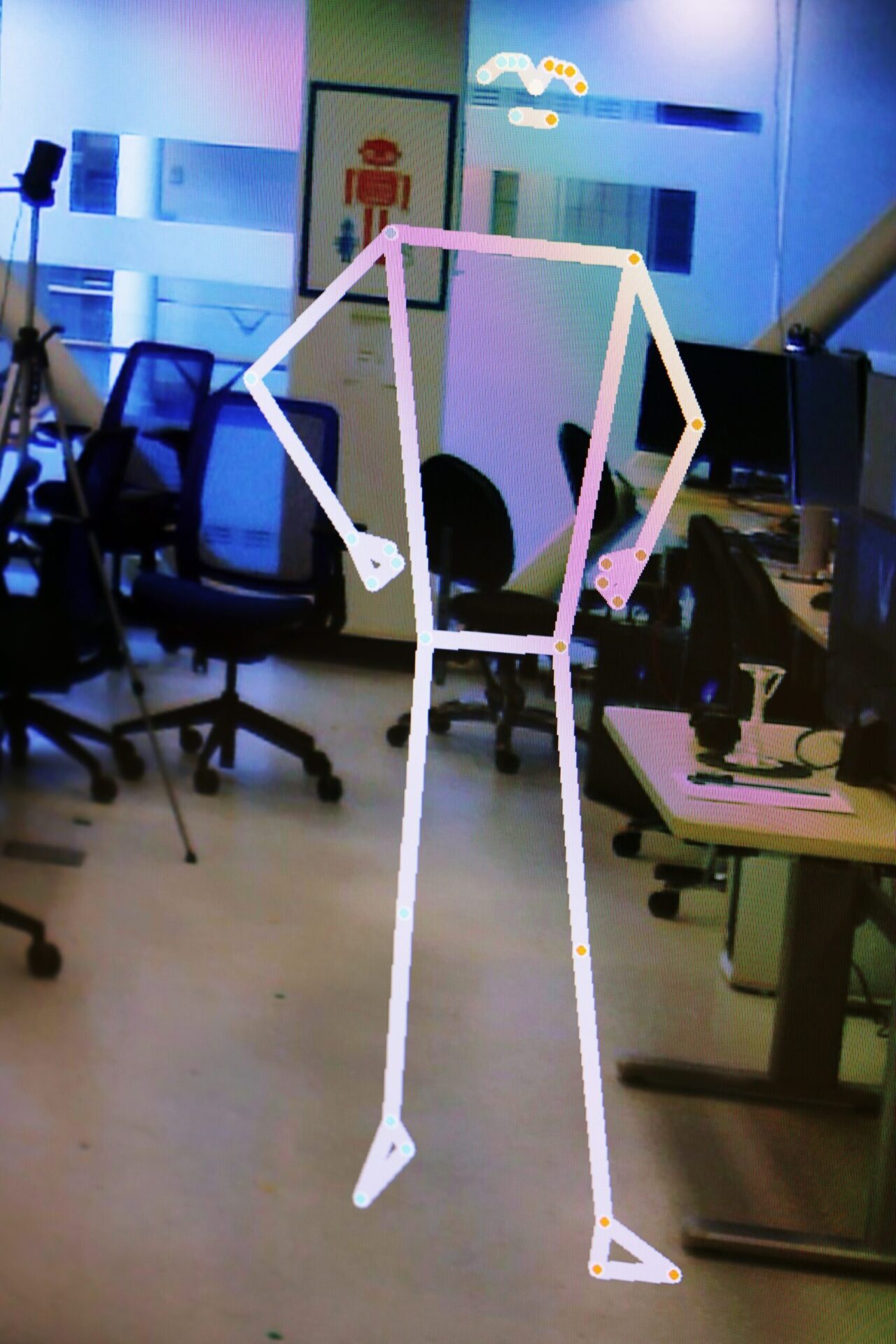Welcome to the Fox News Politics newsletter with the latest political news from Washington, D.C. and updates from the 2024 campaign trail.
Here’s what’s happening…
-Biden’s back in public following COVID diagnosis…
-Speaker Johnson reacts to Secret Service director’s resignation
-New poll on Trump-Harris matchup post Biden withdrawal
‘We Failed’
U.S. Secret Service Director Kimberly Cheatle resigned Tuesday in the wake of mounting bipartisan pressure following the assassination attempt on former President Trump, Fox News confirmed.
Fox News reviewed the letter Cheatle sent to the U.S. Secret Service Tuesday morning, just a day after taking bipartisan heat during testimony before the House Oversight Committee Monday and over a week after a would-be assassin Thomas Crooks attempted to take the life of Trump at his rally in Butler, Pennsylvania, on July 13.
“To the Men and Women of the U.S. Secret Service, The Secret Service’s solemn mission is to protect our nation’s leaders and financial infrastructure,” Cheatle wrote in a letter to the agency. “On July 13th, we fell short on that mission.”….Read more
United States Secret Service Director Kimberly Cheatle testifies before the House Oversight and Accountability Committee during a hearing at the Rayburn House Office Building on July 22, 2024 in Washington, DC. The beleaguered leader of the United States Secret Service has vowed cooperation with all investigations into the agency following the attempted assassination of former President Donald Trump. (Photo by Kent Nishimura/Getty Images)
White House
‘INCAPABLE OF LEADING’: Harris called to ‘immediately’ invoke 25th Amendment amid mounting concerns over Biden’s health …Read more
I SPY A PRESIDENT: Biden is no longer hiding after COVID-19 diagnosis …Read more
‘LUCKY’: Harris reveals whether Biden is currently fit to serve …Read more
HUR REPORT FALLOUT: DOJ reveals it found transcripts of Biden’s conversations with biographer …Read more
The DNC paid lawyers representing President Biden as he was under investigation over his possession of classified documents by Special Counsel Robert Hur. (Getty Images)
Kamala Central
HIDIN’ BIDEN?: Kamala Harris doesn’t answer whether Biden is fit for office …Read more
YEAH, NOT YOU, THOUGH: Harris snubs one of the few Dems open to being her VP …Read more
‘DISASTER’: VP Harris’ past comments on key swing state issue come back to haunt her …Read more
‘DEMBARGO’ LIFTS: Hollywood Democrats go all-in for Harris …Read more
NO TO BIBI: Kamala Harris won’t preside over Netanyahu address as top Dem senator also refuses …Read more
WHAT’S NEXT FOR HARRIS?: What’s next for the VP as she quickly locks up the Democratic presidential nomination …Read more
MILWAUKEE BOUND: Kamala Harris visits Wisconsin for first campaign rally since launching presidential bid …Read more
Vice President and Democratic Presidential candidate Kamala Harris speaks at West Allis Central High School during her first campaign rally in Milwaukee, Wisconsin, on July 23, 2024. (KAMIL KRZACZYNSKI/AFP via Getty Images)
‘TROUBLE’: Kamala Harris’ prosecutor past is bad news for her presidential bid: lawyer …Read more
‘EXTREME AGENDA’: Republicans zero in on Harris immigration, border record amid raging crisis …Read more
RAZOR THIN: New poll looks at Trump vs Harris matchup after Biden bows out …Read more
DISTANCING HIMSELF: Vulnerable Dem senator credited with recruiting Harris to Senate still hasn’t made endorsement …Read more
‘GUNS BLAZING’: Kamala Harris came ‘guns blazing’ with ‘twinkle in her eye’ say CNN, MSNBC …Read more
Capitol Hill
WHY SO ‘SECRET’?: Presidential protection boss ducks security questions for hours: 5 takeaways …Read more
‘PROCESS HAS PLAYED OUT’: Top Dem leaders make endorsement in presidential race after Biden’s exit …Read more
MISSING IN ACTION: House leaders convene emergency session to tee up vote on bill slamming Harris on border crisis …Read more
‘CAN’T DO IT’: GOP pushes for Biden to resign the presidency …Read more
DEM HARDBALL: Top Dems threatened to forcibly remove Biden from office, set him up to fail at Trump debate: Sources …Read more
‘THE RIGHT THING’: Speaker Johnson reacts in real time to Secret Service director’s resignation …Read more
Speaker of the House Mike Johnson, R-La., speaks as Republican presidential candidate former President Donald Trump listens during a news conference, Friday, April 12, 2024, at Mar-a-Lago in Palm Beach, Fla. (AP Photo/Wilfredo Lee)
Tales from the Campaign Trail
CEASE AND DESIST: Former Trump rival Nikki Haley demands ‘Haley Voters for Harris’ to ‘cease and desist’ …Read more
‘DISASTER’: VP Harris’ past comments on key swing state issue come back to haunt her …Read more
‘AUTOMATIC CHEMISTRY’: Trump dismisses JD Vance’s past criticism, saying ‘he didn’t know me’ …Read more
Former President Donald Trump and his running mate J. D. Vance (Fox News)
CASH DASH: Harris hauls in a staggering $100 million in race against Trump since Biden dropped out …Read more
ENEMIES WATCHING CLOSELY: National security experts warn against ‘chaos’ of US elections as Harris enters race …Read more
Trump Assassination Attempt
‘BULLET FOR DEMOCRACY’: Trump reacts to Secret Service director resigning: ‘She never gave me proper protection’ …Read more
‘CANNOT AGREE’: Pennsylvania police commissioner throws cold water on Secret Service’s ‘sloped roof’ concerns …Read more
‘BULLET FOR DEMOCRACY’: Trump reacts to Secret Service director resigning: ‘She never gave me proper protection’ …Read more
‘EERIE’ FEELING: Veteran at Trump rally says ‘something wasn’t right’ before would-be assassin opened fire …Read more
WHAT WENT WRONG?: Former Navy SEAL sniper in Congress breaks down security miscues from PA rooftop where Trump was shot …Read more
Roofs at Butler Fair Ground in Pennsylvania where a group of bipartisan lawmakers visited on July 22. (Fox News Digital)
WORLD EXCLUSIVE: Trump shooter’s father returns to public life, says ‘we just want to try to take care of ourselves’ …Read more
Across America
‘UNLAWFUL AND UNCONSTITUTIONAL’: Trump appeals NY civil fraud judgment worth nearly half-billion dollars …Read more
‘DEPLORABLE’: Secret Service Director Cheatle called out for ‘negligent’ move before Trump shooting …Read more
BIG MEETING: Trump to meet with Netanyahu at Mar-a-Lago on Friday …Read more
Subscribe now to get Fox News Politics newsletter in your inbox.
Get the latest updates from the 2024 campaign trail, exclusive interviews and more on FoxNews.com.
This article was written by Fox News staff.





























